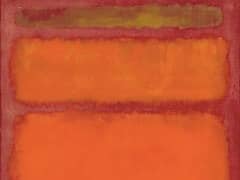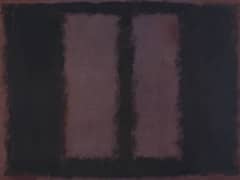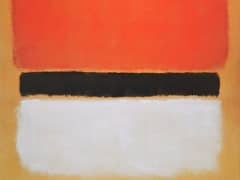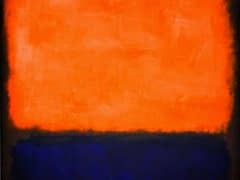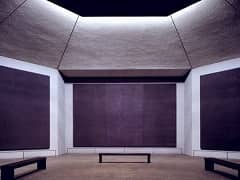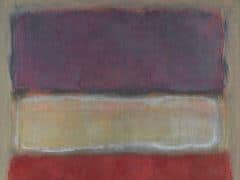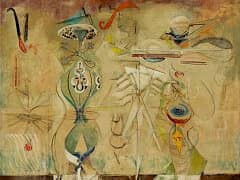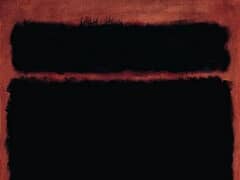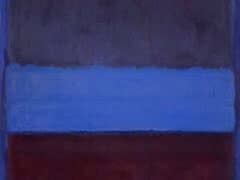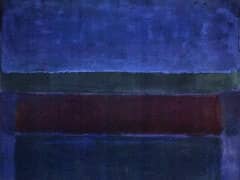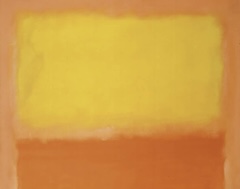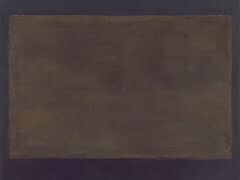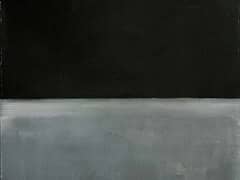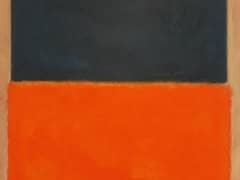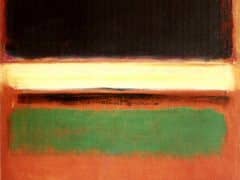Homage to Matisse, (1954) by Mark Rothko
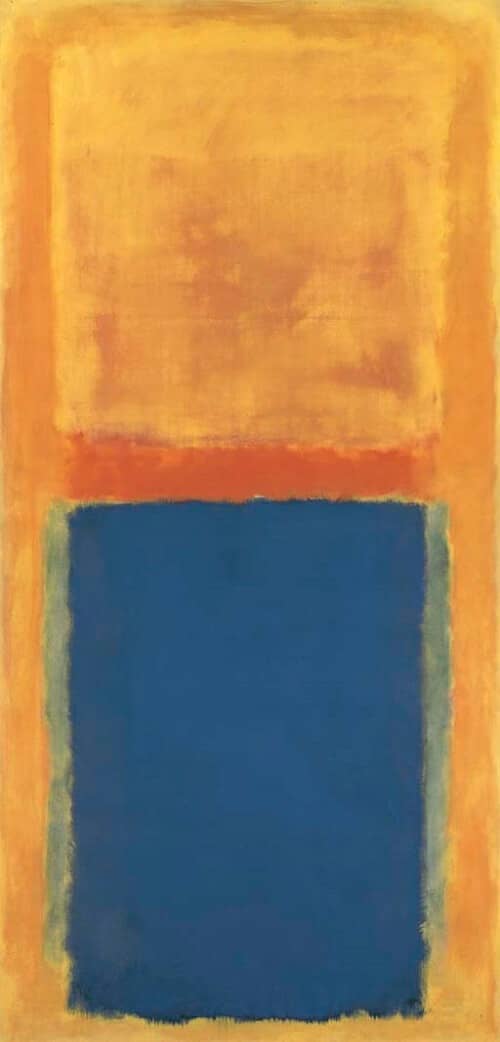
Nietzsche believed that music is the true language of emotion. In The Birth of Tragedy, the philosopher writes that tragedy is the synthesis of the Dionysian and the Apollonian poles. Dionysus is the god of "the ineducable Art of music," Apollo of "the Art of the sculptor." To Nietzsche, tragedy articulates the conflict between the ecstatic primeval Dionysian experience of ancient cults, something above the individual; and the later visual depiction of this state through the Apollonian will to form. Tragic art with its link between melancholy and merriment, creates what Nietzsche called "metaphorical consolation." This yearning for a metaphysical world and glorification of the tragic myth, like Nietzsche's reverence for Aeschylus, all contributed to Rothko's later idea of art as drama.
To give to painting the emotion of music in Nietzsche's sense, Rothko took the visual dissolution of the human form, which by the 1940s had been completed, to further levels of abstraction. Publishing in The Tiger's Eye in October 1949, Rothko described the process as follows: "The progression of a painter's work, as it travels in time from point to point, will be toward clarity." His search for inspiration took him through the museums of New York, where he was thrilled with Joan Miro, with Corot at the Metropolitan Museum, with L'Atelier Rouge by Matisse at the MOMA. He studied it every day for months, and later believed it was the source of all of his own abstract pictures. When you look at it, he said, "you become that color, you become totally saturated with it"; it was like music. Later named this paintings Homage to Matisse.

